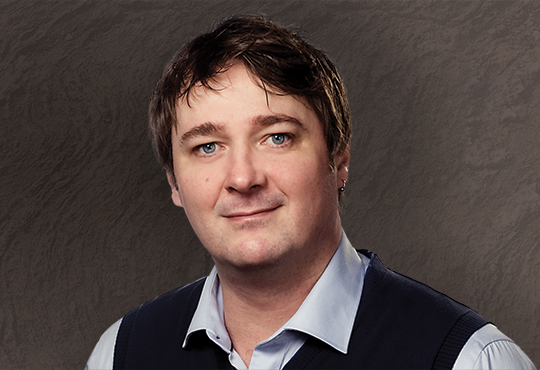
The Port of Helsinki aims to be a pioneer in environmentally sustainable port operations, and as part of its goal of carbon neutrality, it will minimise CO2 emissions in its port areas. The shore-side electricity system commissioned in February 2024 at the Port of Vuosaari will reduce the port’s annual CO2 emissions by up to 2,000 tonnes. Comatec carried out the preliminary design of the system, as well as the electrical design, project management and site supervision.
Shore-side electricity systems built for ports and ships can reduce greenhouse gas emissions during a ship’s stay in port by up to 80 per cent. In Helsinki, shore-supplied electricity has so far only been available to passenger vessels operating in the South Harbour and the West Harbour. The Port of Helsinki’s first shore-side electricity system for cargo traffic came into operation in the Port of Vuosaari in February 2024.
– Shipping is responsible for about 80 per cent of the total annual carbon dioxide emissions in the port areas, and reducing these is key to meeting the Port of Helsinki’s climate-related targets. The shore power system at Pier C in the Port of Vuosaari is compatible with Finnlines’ three vessels, and its combined carbon dioxide emissions reduction is as much as 2,000 tonnes per year, says Port of Helsinki Port Engineer Sanna Supponen.
The Port of Vuosaari’s new shore power system includes a 4,000 kilowatt transformer, and electricity is distributed at a voltage of 11 kV. It was built as part of the European Union’s Hansalink 2 project, in which a similar system was also built at the port of Travemünde in Germany, which Finnlines also uses.
Comatec involved from pre-design to commissioning
With the shore-side electricity system, ships receive all the electricity they need for their heating, plumbing and ventilation systems, cranes, hydraulics and ramps from land while docked, without having to use diesel-powered auxiliary engines. Because the system is always tailored to a specific type of vessel, the design must take into account factors such as power requirements, voltage, the vessel’s electrical system and the location of the connection hatch.
– In itself, the design of the system required fairly standard expertise in electrical power engineering and knowledge of standards – the kind of work we at Comatec have been doing for years. The main challenge during the design phase was to define the interface between the system and the vessel – how to route the cables supplying the electricity to the hatch on the side of the vessel, which is at a height of about 10 metres. But thanks to our lengthy experience in electrical and automation design for the marine industry, we found the right solution, says Mikko Ala-Jääski, Department Manager at Comatec.
Top marks for work safety
The construction phase lasted about a year. The work was carried out according to the port’s schedule, which required flexibility and coordination of plans by the whole project team. The main contractor for the project was Electric Power Finland.
– A Finnlines vessel arrives at Vuosaari’s Pier C every morning, and after unloading its cargo and reloading it leaves again in the afternoon. So practically all the construction took place under the normal operating conditions of the port. Some of the work was carried out during the evenings, says Tony Ikäläinen, Comatec’s Department Manager responsible for supervising the project during the construction phase.
– Vessel traffic is always the priority in the port, and I understand the scheduling difficulties it poses to construction. The port is also a security area, which requires a lot of licensing and orientation. But despite the demanding site conditions, the work progressed as agreed, thanks to the excellent teamwork between the different parties. And above all, everything was done safely. Comatec did a great job in that regard, Supponen says.
Text: Marianne Valta
Photo: Sami Perttilä / Finnlines
BACKGROUND: The European Union’s AFIR regulation requires ports to provide shore-side electricity
The EU’s Alternative Fuels Infrastructure Regulation (AFIR) requires seaports to supply 90 per cent of passenger and container ships with shore-side electricity by 2030 if the port has at least 50 calls by large passenger ships or at least 100 calls by container ships. The types of vessels covered by the regulation are defined as vessels with a gross tonnage (GT) above 5,000 tonnes.
The regulation is based on the Euroean Green Deal, which aims to make the EU carbon-neutral by 2050.
Comatec Industrial and Marine Finland

Comatec Industrial and Marine Finland
